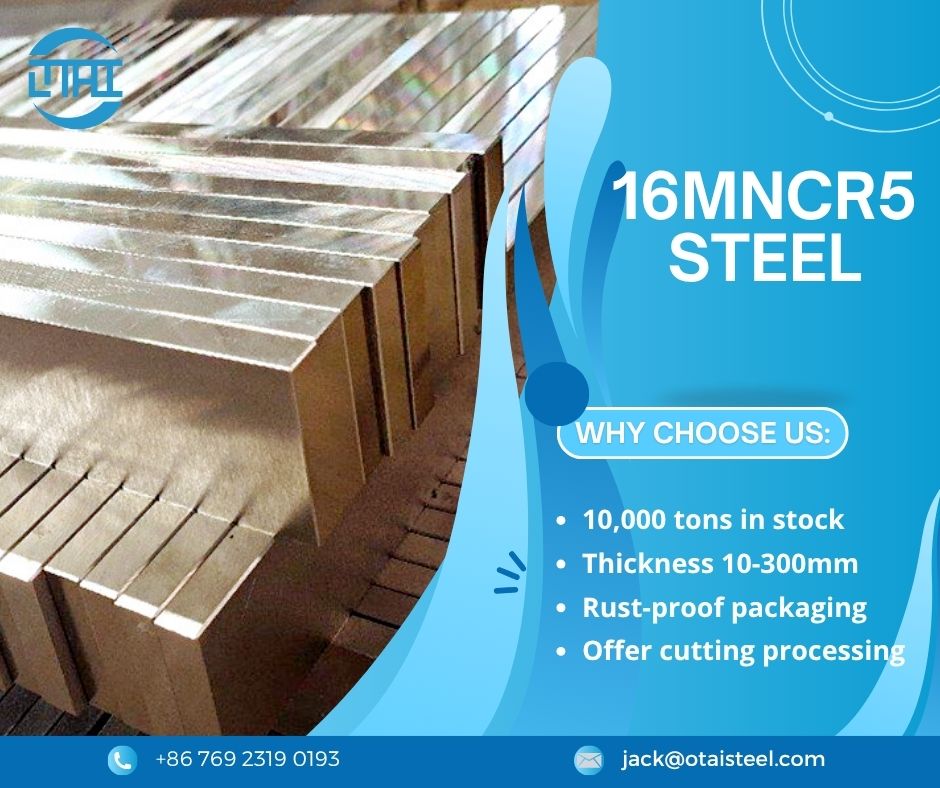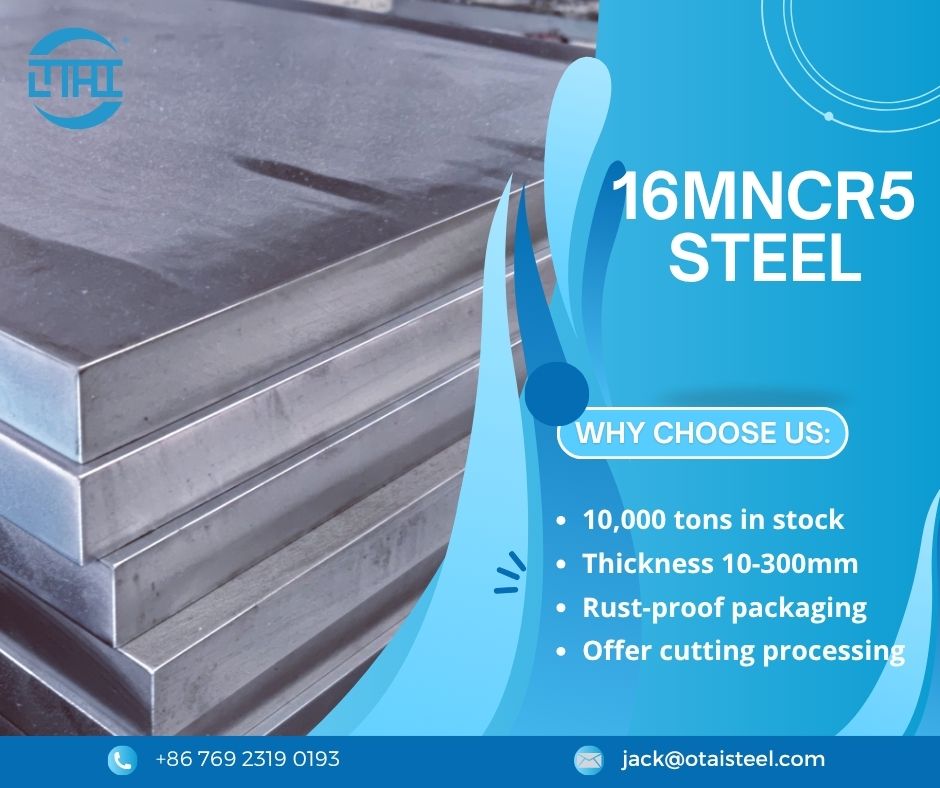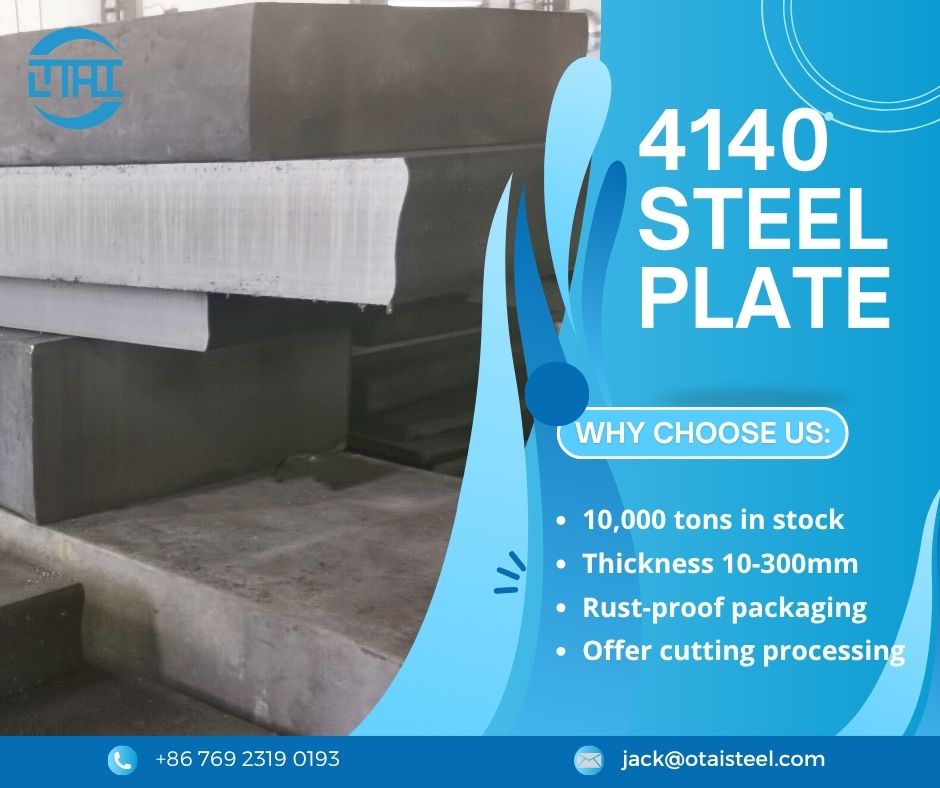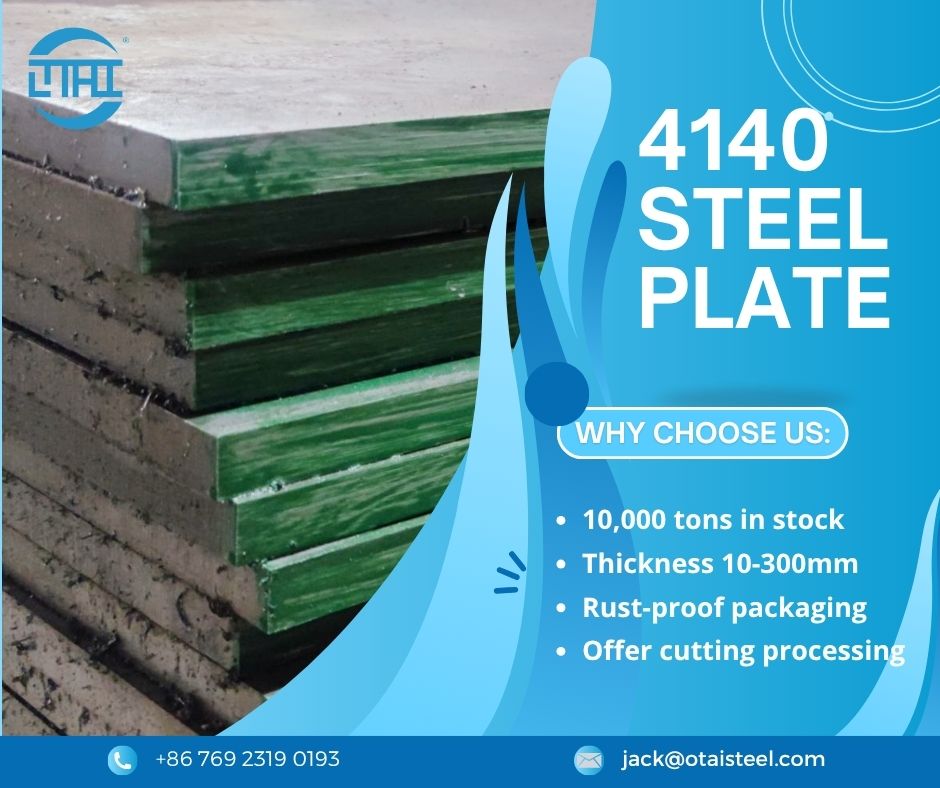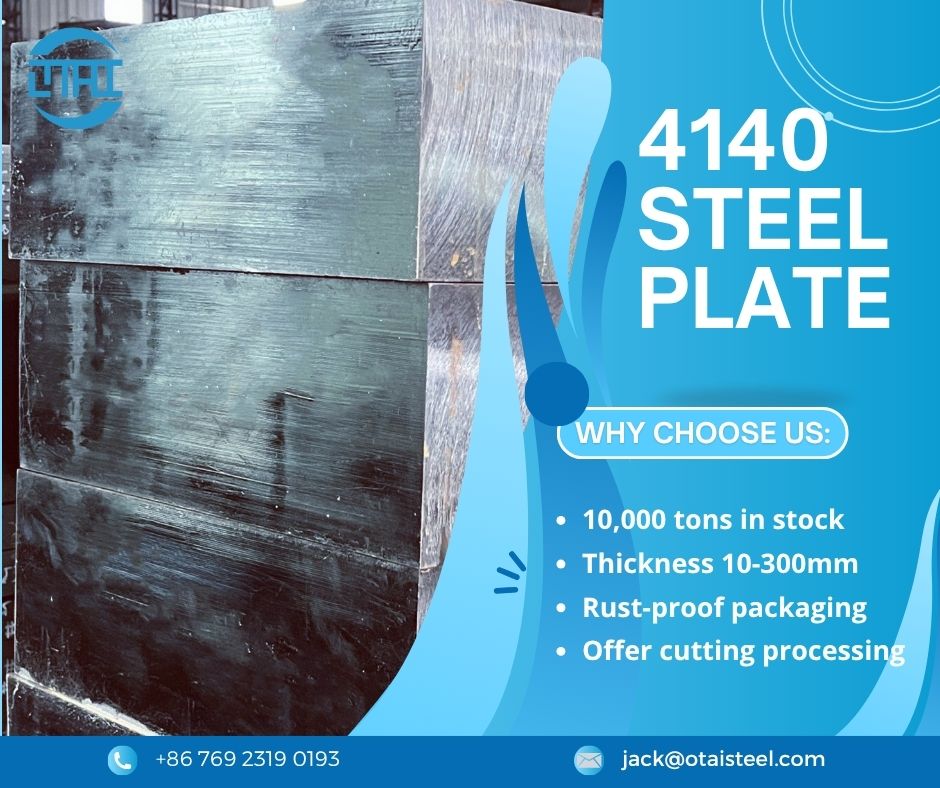 16MnCr5 Flat Bar: Properties, Applications, and Benefits
16MnCr5 Flat Bar: Properties, Applications, and Benefits
16MnCr5 flat bars are an excellent choice in industries that require durable, high-strength materials for manufacturing components exposed to wear and high stress. Known for its toughness, wear resistance, and strength, 16MnCr5 has a wide range of applications, especially in the automotive, aerospace, and industrial machinery sectors. In this article, we will explore the properties, advantages, and applications of 16MnCr5 flat bars.
🔍 What is 16MnCr5 Steel?
16MnCr5 is a medium-carbon alloy steel that combines manganese (Mn) and chromium (Cr) to improve its mechanical properties. The carbon content in this steel is carefully controlled to achieve a good balance between strength and toughness. The 16MnCr5 flat bar is widely used for manufacturing gears, shafts, and other components that require high wear resistance and strength under stress.
Chemical Composition of 16MnCr5 Steel:
| Element | Percentage (%) |
|---|---|
| Carbon (C) | 0.14–0.20 |
| Manganese (Mn) | 1.00–1.30 |
| Chromium (Cr) | 0.80–1.10 |
| Silicon (Si) | 0.30–0.50 |
| Phosphorus (P) | 0.035 max |
| Sulfur (S) | 0.035 max |
🧪 Mechanical Properties of 16MnCr5 Flat Bar
The mechanical properties of 16MnCr5 flat bars are what make them ideal for gears, shafts, and machine tools. These properties depend heavily on the steel’s heat treatment and chemical composition. Here are the typical mechanical properties for 16MnCr5:
| Property | Value |
|---|---|
| Tensile Strength | 700–900 MPa |
| Yield Strength | 450–650 MPa |
| Elongation | 14–20% |
| Brinell Hardness | 170–230 HB |
| Impact Toughness | 40–50 J (at -20°C) |
These values can vary based on the heat treatment process, such as quenching, tempering, or carburizing, which helps improve the hardness and toughness of 16MnCr5 flat bars.
🔨 Heat Treatment for 16MnCr5 Flat Bar
To optimize its mechanical properties, 16MnCr5 flat bar can undergo a variety of heat treatments. These processes are crucial for improving the hardness, wear resistance, and toughness of the material. The main heat treatments used for 16MnCr5 include:
-
Quenching: Heating the flat bar to a high temperature and rapidly cooling it in oil or water to increase its hardness and strength.
-
Tempering: This process follows quenching and involves reheating the steel to a lower temperature to relieve internal stresses while maintaining toughness.
-
Carburizing: A heat treatment that adds carbon to the surface of the steel, enhancing its surface hardness while retaining core toughness.
| Heat Treatment Process | Effect on Material |
|---|---|
| Quenching | Increases hardness and strength |
| Tempering | Relieves stresses and maintains toughness |
| Carburizing | Enhances surface hardness |
🧰 Applications of 16MnCr5 Flat Bar
16MnCr5 flat bars are highly versatile and widely used across multiple industries due to their excellent strength, wear resistance, and toughness. Here are some common applications for 16MnCr5 flat bars:
| Industry | Application |
|---|---|
| Automotive | Axles, crankshafts, gears, and steering components require high strength and wear resistance. |
| Aerospace | Components like turbine shafts, landing gear, and engine parts benefit from the high toughness and resilience of 16MnCr5. |
| Industrial Machinery | Used in the manufacturing of machine tools, gears, and shafts for high-stress applications. |
| Heavy Equipment | Hydraulic pistons, shafts, and crankshafts in heavy machinery require 16MnCr5 flat bars for long-lasting durability. |
Because 16MnCr5 flat bars offer exceptional resistance to wear and high stress, they are used in applications where components are exposed to challenging environments, such as gears and machine shafts that need long-lasting strength and performance.
⚙️ Why Choose 16MnCr5 Flat Bars?
The combination of strength, toughness, and wear resistance makes 16MnCr5 flat bars an ideal choice for industries where high-performance materials are essential. Whether for automotive, aerospace, or industrial applications, 16MnCr5 delivers the reliability required for demanding components.
16MnCr5 flat bars offer the following benefits:
-
High tensile strength and wear resistance for high-demand applications
-
Excellent toughness under impact stress
-
Ability to be heat-treated to enhance surface hardness and core toughness
Choosing 16MnCr5 flat bars means selecting a material that provides long-lasting durability and excellent performance in high-stress environments.
🏆 Why Choose Otai Special Steel for 16MnCr5 Flat Bars?
At Otai Special Steel, we provide high-quality 16MnCr5 flat bars that meet the strictest industry standards. Our materials undergo rigorous testing for mechanical properties like Brinell hardness and impact toughness to ensure their suitability for demanding applications.
Company Advantages:
-
Superior Quality: Our products undergo strict quality control checks, ensuring top-notch material properties.
-
Extensive Inventory: We maintain a large inventory, ensuring quick delivery and minimal lead times.
-
Tailored Solutions: We offer customized services, including cutting, heat treatment, and surface finishing, to meet specific requirements.
-
Competitive Pricing: Thanks to our partnerships with leading mills, we offer competitive pricing without compromising quality.
❓ FAQ
Q1: What is the main use of 16MnCr5 flat bars?
-
A1: 16MnCr5 flat bars are ideal for gears, shafts, and machine tools in automotive, aerospace, and industrial machinery applications.
Q2: How does heat treatment affect 16MnCr5 flat bars?
-
A2: Heat treatment processes like quenching and tempering improve the hardness, strength, and toughness of 16MnCr5 flat bars, making them suitable for high-stress and high-wear applications.
Q3: What is the Brinell hardness of 16MnCr5?
-
A3: The Brinell hardness of 16MnCr5 ranges from 170 HB to 230 HB, depending on the heat treatment process used.
Q4: Can 16MnCr5 flat bars be used in the aerospace industry?
-
A4: Yes, 16MnCr5 flat bars are used in the aerospace industry for components like turbine shafts and landing gear, where high impact toughness and resilience are required.
Q5: How can I order 16MnCr5 flat bars?
-
A5: You can contact Otai Special Steel for premium-quality 16MnCr5 flat bars. We offer competitive pricing, customized services, and fast delivery.

